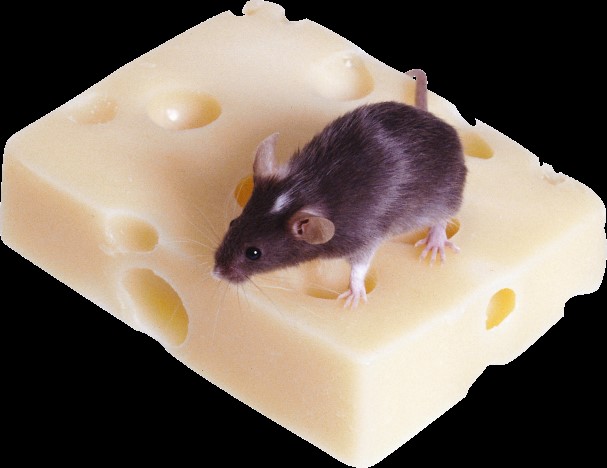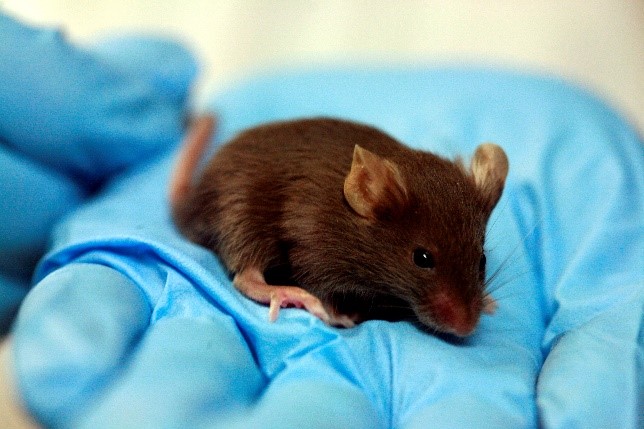
Rates of obesity and metabolic diseases are rapidly growing, and much attention is paid to study the effects of consumed foods on human health. We know already that dietary preferences can be a serious factor of diseases and even a cause of them, in a man. However, we do not know molecular and cellular mechanisms behind these effects. Thus, we do not know how these negative processes can be neutralized or diminished by preventive or curative interventions. As such mechanistic studies are needed.
These studies can be in principle carried out in vitro or in vivo. Food consumption and consumed nutrients affects both the brain and a periphery. Another words, these processes are systemic and involve a lot of interplay mechanisms. Consequently, in vitro approach has very limited potential to achieve research goal with studies on diets. For example, the use of a tissue from peripheral organs or brain, cell cultures or even mini-organs would not help to understand systemic mechanism.
With in vivo approach, human studies cannot help to understand the mechanisms and they exclude any interventions. The remaining solution then is the use of animal models – of course, in compliance with the three R’s principle1 (reduction, refinement, replacement). “Replacement” defines the choice of the object: to use the lowest phylogenetic ordered animal possible, when it’s impossible to use in vitro methodology or a non-animal model, to address a given scientific question.
The most commonly used animal in nutritional research is a mouse. Are mice perfect organisms to model dietary-induced disorders?
Like us, humans, mice are omnivore mammals, and almost all the genes in mice share functions with the genes in humans. In comparison to other mammals, mice have small size of the body (3000 times smaller than a human), and genetically identical mice (like human monozygotic twins) are available for experimental use. Basal metabolic rate per gram of body weight is 7 times greater in mice than in humans which speeds up the development of diet-induced disease. Because of the rapid generation and short life cycle (about 2 years) mice are used to study the effects of maternal diet in the offspring and model diet role in aging processes. Mice display complex behaviours, including social interactions, cognitive functions and emotionality, that are similar to human features.
The use of mice in nutritional research offers a unique tool: possibility to study the role of a given gene using genetic modification. Generation of mutant mice is well established in comparison with other mammalian species. Many genetically modified mouse models were developed over the years, including knockout mice in which genetic material is deleted, mice carrying additional genetic material or “humanized” models expressing human genes.
Numerous mouse models were generated to use in nutrition research. Probably the most popular model in diet research is diet-induced obesity model (DIO model)2 in which animal is fed high-fat or high-density diets – to mimic the most common cause of obesity in humans. Changes seen in DIO mice are remarkably consistent with those seen in obese patients. DIO mice are used to investigate mechanisms of obesity development and novel medication screening.
Another prominent example of a model in nutrition research is the ob/ob mouse3. Due to a mutation in hormone leptin these mice display severe obesity, insulin resistance and dyslipidemia. Studies performed on this model revealed new aspects of hypothalamus role inhuman energy metabolism.
Mouse model plays its role in development of anti-obesity and anti-diabetic medication. Information about the receptors and hormones that regulate food intake and energy balance can be used to choose a target for a new drug. For example, mice lacking serotonin 5-HT2C receptor were found to exhibit mild obesity and type 2 diabetes4, suggesting the role of this receptor in regulation of food intake. Recently appetite reducing drug (lorcaserin), 5-HT2C receptor agonist, was developed.
However, there are certain limitations in translating discoveries from mouse models to humans in nutrition research. There are clear differences in feeding patterns, nutrient metabolism and hormone control between humans and mice. In case those aspects are key features of the study, another available model could be used.
No model is perfectly mimicking all aspects of human disease. It is likely that better new models will be developed in the nearest future to study the human conditions not adequately replicated in mouse models. But for now, mouse model is a useful tool in studying dietary-induced diseases and it plays an important role in translational research and advancement of human health.
Reference
1. Tannenbaum, J. & Bennett, B. T. Russell and Burch’s 3Rs then and now: the need for clarity in definition and purpose. J. Am. Assoc. Lab. Anim. Sci. 54, 120–32 (2015).
2. Hariri, N. & Thibault, L. High-fat diet-induced obesity in animal models. Nutr. Res. Rev. 23, 270–299 (2010).
3. Ingalls, A. M., Dickie, M. M. & Snell, G. D. Obese, a new mutation in the house mouse. J. Hered. 41, 317–318 (1950).
4. Tecott, L. H. et al. Eating disorder and epilepsy in mice lacking 5-HT2C serotonin receptors. Nature 374, 542–546 (1995).

